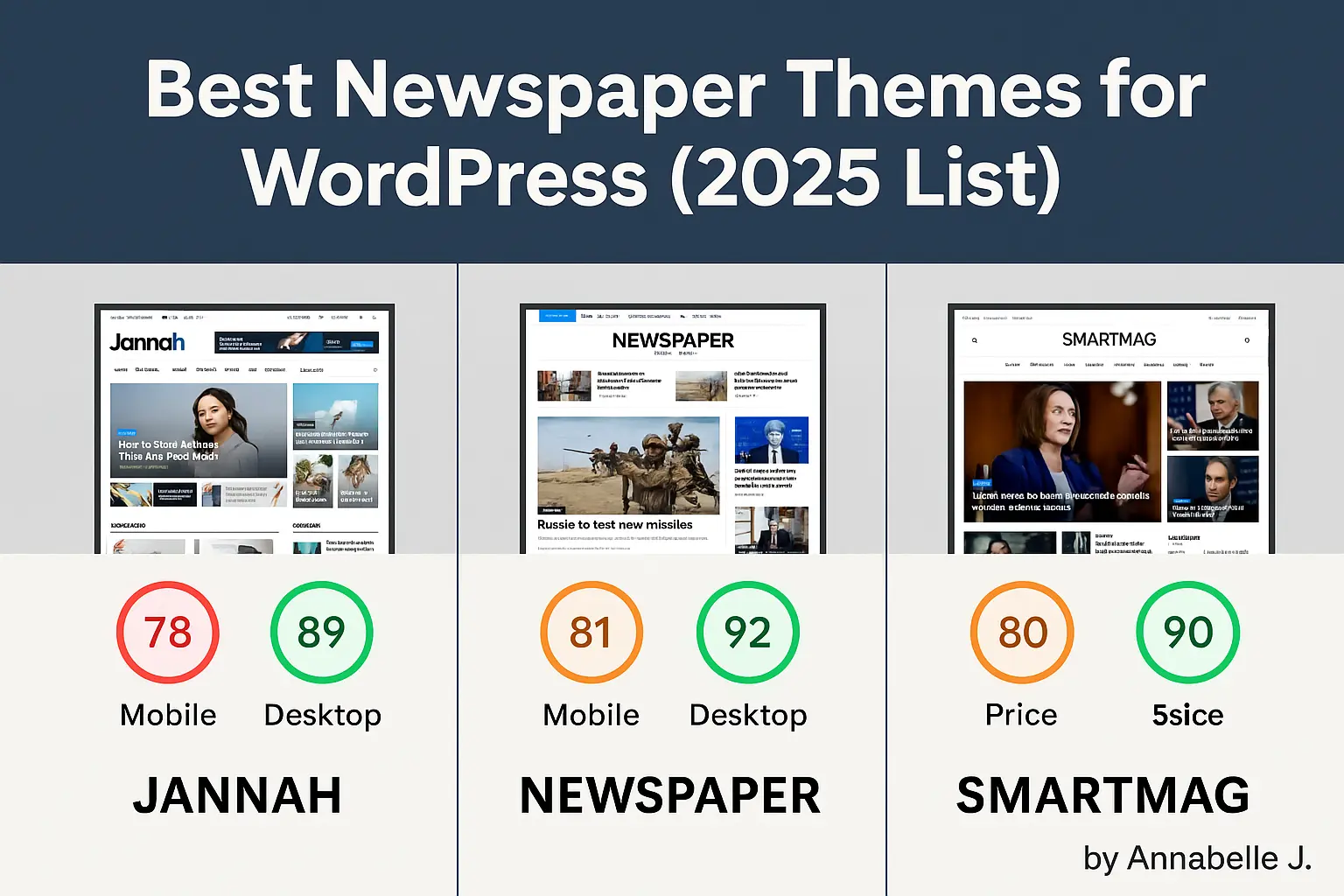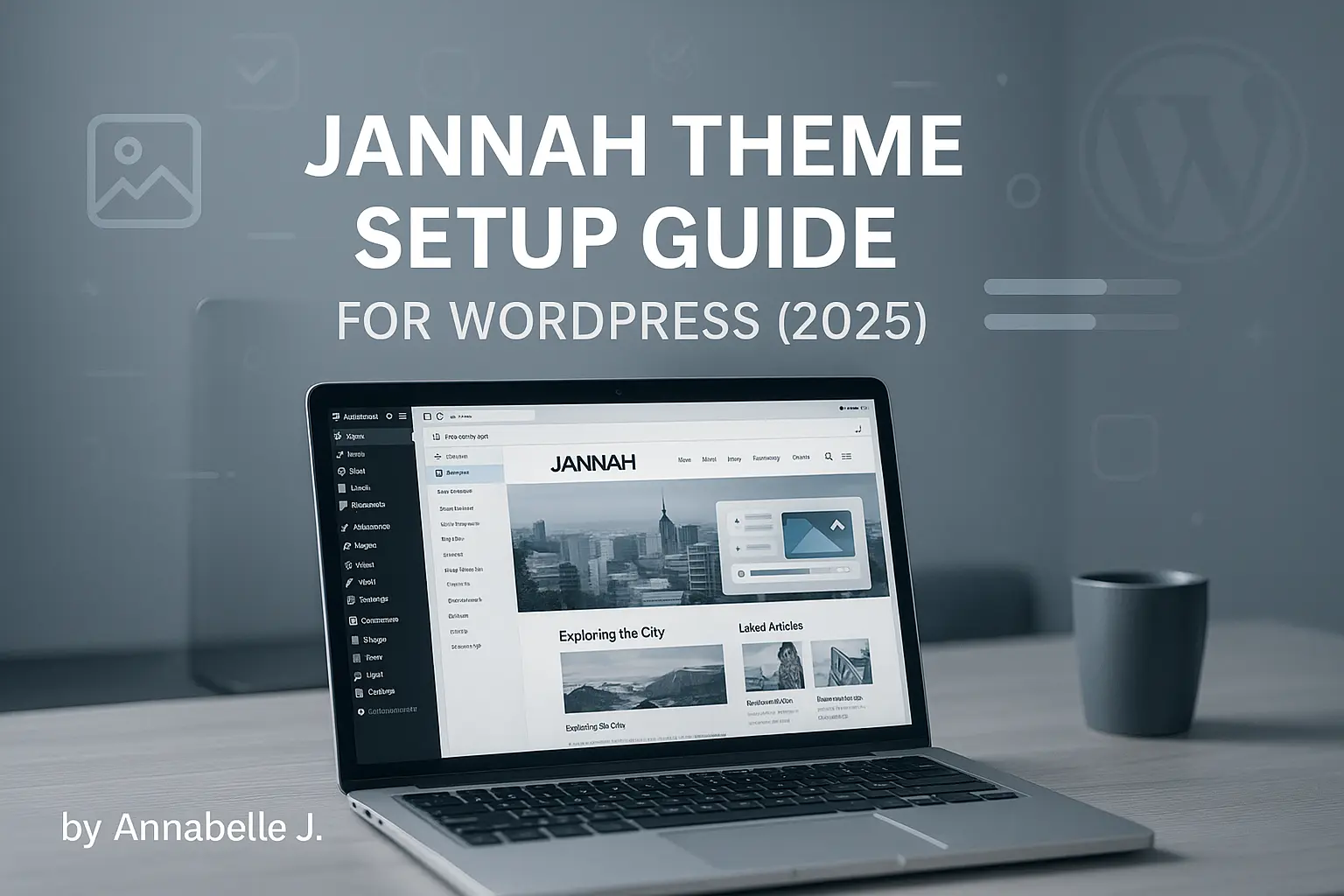Power Tools to Boost WordPress Core Web Vitals 2025
Core Web Vitals are now important ways for Google to figure out how good a website makes people feel. Things change all the time in the internet world. These steps are important for SEO and ranking, and they also have a direct impact on how happy users are, how often they leave your site, and how many of them buy something. If you own a WordPress site, you no longer have the option of optimizing Core Web Vitals; you have to.
This in-depth 2025 guide will talk about the best free tools to check and improve your WordPress site’s Core Web Vitals. We’ll talk about how each tool works, how to understand the results, and what you can do to make your site run better based on what they say.
🌐Core Web Vitals: What Are They?
There are a set of speed metrics called Google’s Core Web Vitals that are focused on the “real-world” experience of users. Some of these are:
- Largest Contentful Paint (LCP): Checks how well the file loads. Good cutoff: less than 2.5s
- First Input Delay (FID): Rates how interactive something is. Good cutoff: less than 100ms
- Cumulative Layout Shift (CLS): Checks how stable the view is. Good cutoff: less than 0.1
Interaction to Next Paint (INP), which puts more emphasis on general responsiveness, has taken the place of FID as of March 2024.
Why core web essentials are important
- They are part of how Google ranks websites.
- When Core Web Vitals aren’t good, bounce rates go up and interest goes down.
- Higher conversions and return on investment (ROI) are closely linked to a better user experience.
🔧The best free tools to check the core data of WordPress websites
Let’s look at some powerful, free WordPress tools that can help you measure and improve Core Web Vitals:
1.Google PageSpeed Insights
Website: https://pagespeed.web.dev
Google’s most popular tool for getting real-time Core Web Vitals data comes from both field (CrUX) and lab (Lighthouse) data.
Major Characteristics:
- Field and lab data
- Mobile & desktop insights
- Diagnostics & opportunities for improvement
- Integration with Lighthouse
- In-depth scoring of performance, accessibility, and SEO
Follow these steps to use it:
- Type in the URL of your page.
- Analyze data from both the field and the lab.
- Take a look at the optimization suggestions.
Useful Advice:
- Serve pictures in modern forms like WebP and AVIF
- Reduce the server’s response time
- Don’t use too much CSS or JS.
- Utilize browser caching
2. Core Web Vitals Report from Google Search Console
Website: https://search.google.com/search-console
Chrome User Experience (CrUX) reports are used to keep track of how real people use your site over time.
Major Characteristics:
- URL-level reporting
- Aggregated data by device
- Detects issues over time
- Ideal for monitoring improvements
- Integrates with performance updates and sitemaps
Useful Advice
Pay close attention to repairing URLs that are listed as “Needs Improvement”
Focus on mobile problems more than desktop ones
Use data to confirm that fixes have been made
3. Lighthouse Chrome DevTools
Website: Built into Chrome DevTools
Operate Lighthouse audits directly from your Chrome browser without the need for third-party integrations.
Important Features:
- Performance, Accessibility, Best Practices & SEO audits
- Core Web Vitals scoring
- Simulated loading performance
- Easy to generate reports for stakeholder presentation
Follow these steps to use it:
- Right-click on Chrome and choose “Inspect.”
- Go to the “Lighthouse” tab.
- Conduct an audit for both mobile and desktop devices.
Pro Tip:
Click on the “Performance” tab to see a flame chart and more information about assets that are blocking renders.
4. WebPageTest
Website: https://www.webpagetest.org
A strong tool that lets you test website speed and Core Web Vitals in more technical ways.
Major Characteristics:
- Geographic server location testing
- Video capture of load process
- Detailed waterfall analysis
- Web vitals overlay and filmstrip comparisons
Recommended for:
- Global performance testing
- Identifying bottlenecks for third-party scripts
- Benchmarking for competition
Bonus:
Breaks down INP and LCP using experimental measures.
5. GTmetrix
Website: https://gtmetrix.com
GTmetrix, which is powered by Lighthouse, shows how fast pages load, keeps track of past data, and gives you useful advice.
Major Characteristics:
- Core Web Vitals visualization
- Waterfall breakdown
- Performance scoring
- Historical trend tracking
- Device simulation (premium)
Ideal Use:
- Analyze individual pages
- Schedule performance tests
- Identify long-term performance degradation
6. Chrome User Experience Report (CrUX)
Website: https://developers.google.com/web/tools/chrome-user-experience-report
Through BigQuery or Looker Studio, CrUX makes public datasets of real-user Chrome speed data available.
Best for:
- Data scientists or developers comfortable with SQL
- Aggregated trend analysis
- Long-term UX performance evaluation
7. DebugBear
Website: https://www.debugbear.com
Synthetic performance tracking, such as Core Web Vitals, is available through an easy-to-use interface.
Free Plan:
- 1 project
- Daily monitoring
- Core Web Vitals + Lighthouse metrics
- Alert configuration and historical trends
What sets it apart:
It has granular INP reports and a waterfall test style like WebPageTest.
⚖️Comparison Table: The Most Effective Free Core Web Vitals Tools
| Tool | Core Metrics | Support Field Data | Lab Data | Alerts | Ideal Use Case |
|---|---|---|---|---|---|
| PageSpeed Insights | LCP, INP, CLS | Yes | Yes | No | Snapshot audits |
| Search Console | LCP, INP, CLS | Yes | No | Yes | Long-term tracking |
| Chrome DevTools | LCP, INP, CLS | No | Yes | No | On-the-fly debugging |
| WebPageTest | LCP, INP, CLS | No | Yes | No | Advanced diagnostics |
| GTmetrix | LCP, INP, CLS | No | Yes | Yes | Visual reporting |
| CrUX Dataset | LCP, INP, CLS | Yes | No | No | Research & analytics |
| DebugBear | LCP, INP, CLS | Yes | Yes | Yes | Continuous monitoring |
⚙️ How to Enhance the Core Web Vitals of WordPress with Tools
Once you know where the problems are, you can fix them with these free tools and tips:
1. Use a plugin for performance
- Highly suggested: LiteSpeed Cache, WP Rocket (Lite), and FlyingPress
- Advantages: saving pages, lazy loading images, minification, and connecting to a CDN
2. Image Optimization
- Use Smush or EWWW Image Optimizer to change the format to WebP.
- You can get free picture compression credits at shortpixel.com.
- Use responsive pictures that have the right srcset attributes.
3. Remove Render-Blocking Resources
- Use Asset CleanUp or Perfmatters to get rid of CSS and JS that aren’t needed.
- Third-party scripts (like ads and data) should be delayed.
- Put important CSS inline and load the rest later.
4. Use lazy loading
- This feature is built into WordPress 5.5 and up, but apps like Lazy Load by WP Rocket give you more control.
- Use plugins like WP YouTube Lyte to load YouTube movies slowly.
5. Select a Lightweight Theme
- Opt for performance-focused themes like GeneratePress, Astra, or Blocksy
- Themes that are overloaded with integrated page builders should be avoided.
6. Cut Down on Server Reaction Time
- Make use of a premium hosting company (such as SiteGround or Cloudways).
- Server-side caching can be implemented using Redis or LiteSpeed.
- Activate object caching for dynamic material.
7. Reduce Layout Modifications
- Give the dimensions of the image or video.
- Stay away from dynamic information that loads above the fold.
- Make use of system or preloaded fonts that are stable.
- Prevent the late insertion of ads or embeds above the fold.
8. INP and CLS should be monitored regularly
- For synthetic test data, use WebPageTest or DebugBear.
- Every month, check Google Search Console for field data.
✨ Future-Proofing the Performance of WordPress
You can anticipate that Google will improve its user experience metrics as web standards change. To remain ahead:
- Instead of focusing only on FID, track Interaction to Next Paint (INP).
- For speed, use server-side rendering (SSR).
- Make use of essential font and CSS preloading
- Reduce the use of bloated page builders.
- Examine more recent options such as headless CMS configurations or Gutenberg plus native blocks.
- Connect content delivery networks (CDNs), such as BunnyCDN Pro or Cloudflare.
Advice:
For significant performance improvements, use a headless WordPress configuration (via GraphQL or REST API).
📢 Use UX and Speed to Promote Your Website
MindSite performance is a potent conversion tool. These free tools and techniques can greatly improve the UX and SEO of your WordPress website, regardless of whether you’re a lone blogger or a full-fledged eCommerce company.
Want blazing-fast WordPress performance that delivers real results?
Reach out to Preet Web Vision. Our specialty is creating lightning-fast WordPress websites with superior UX, SEO, and conversion rates.
📧 hello@preetwebvision.com
📞 +63-9633112000
📺 Subscribe to Preet Tech Ideas for weekly speed tips and WordPress tutorials.
Make your site faster, more stable, and ready to rank—with Preet Web Vision.

